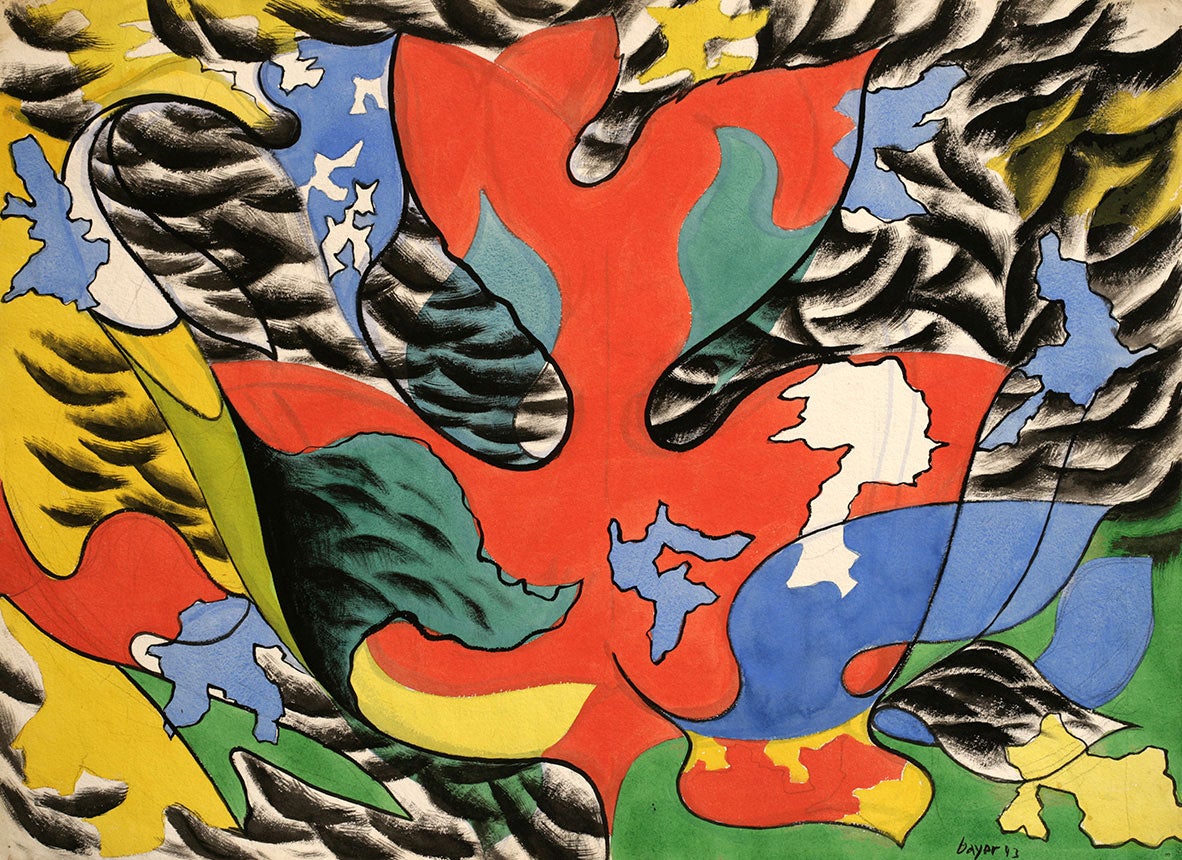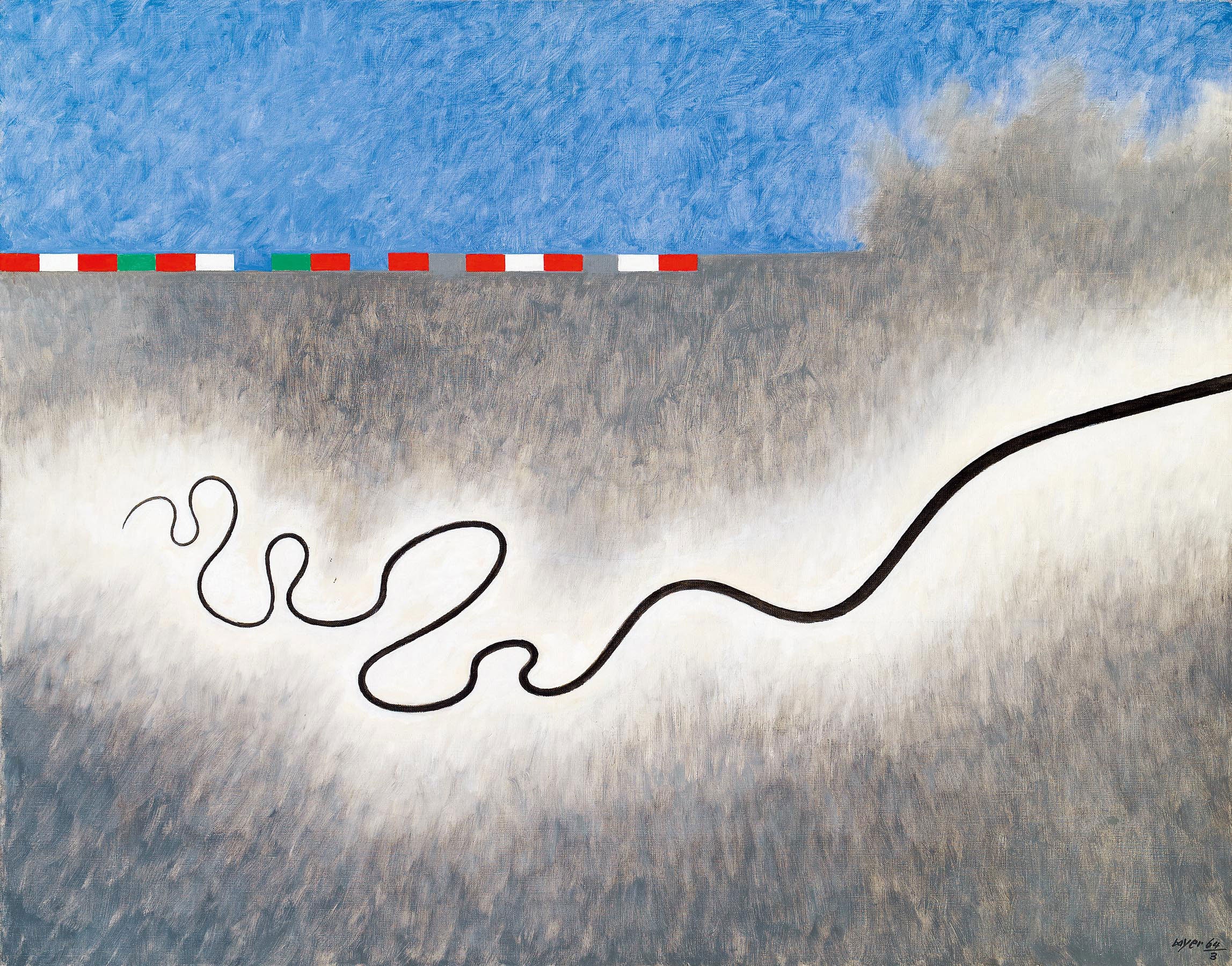Meeting the Moment
Scaling Impact
Giving Thanks
2019 Annual Report
- Statement of Financial Position (unaudited)
- Statement of Financial Position - Assets
- Statement of Financial Position – Liabilities
- Statement of Activities (Unaudited)
- Statement of Activities – Operating Expenses
- Statement of Activities - Operating Revenue
- Net Assets by Restriction
- Assset, Liability, and Net Assets in Totality 2019 vs 2018
- Revenue by Category: 2019 vs. 2018
- Expenses by Category: 2019 vs. 2018
)
A New Bridge
Two brave new spaces are aligned to grace the Meadows campus: the new Resnick Center for Herbert Bayer Studies and a fully renovated Boettcher Seminar Building. Designed by architect Jeff Berkus, the center will be dedicated to the artist and designer Herbert Bayer. Boettcher, renovated by Rowland and Broughton Architects, will continue as offices with seminar rooms that invite discussion and draw on works from many authors and many times.
These new and reinvigorated buildings represent potential bridges between the Institute and the city of Aspen, creating what Institute president and CEO Dan Porterfield described to the Aspen City Council in late January as “an inspiring permanent resource that preserves and showcases the aesthetic heritage of the Institute and the greater Aspen community.”
The proposed 7,000-square-foot Bayer building will display, collect, archive, preserve, and educate on Bayer’s works and influence. Eleven galleries will showcase the artist and designer who has had the greatest lasting impact on Aspen design and yet whose aggregate works are not widely known.
The Bayer center was initiated by a $10 million donation from philanthropists Lynda and Stewart Resnick, the co-owners of The Wonderful Company, and was announced shortly after the culmination of the Institute’s celebration of the 100-year anniversary of the Bauhaus school in 2019. The center will be free and open to the public, and programmed with educational opportunities for schoolchildren and visitors to learn more about Bayer’s life, art, and impact on Aspen.
“One of the great things about this study center,” Aspen-based artist Dick Carter told the city council, “is that it will provide the public with a really comprehensive view of who he was as an artist, and as a community member.”

Bayer designed a proposed entry archway as one of his chromatic sculpture concepts, but died, in 1985, before it was built. His son, Jonathan, gave the Institute approval for that sketch to come to life as the entrance to the Bayer center, a brightly colored series of archways rotated to reflect the Fibonacci sequence–a patterned formula Bayer found in nature. “I just frankly think it would be fun to walk by,” John Bennett, a former mayor of Aspen and past Institute vice president, told the council meeting.
One close neighbor, John Sarpa, who played a galvanizing role in securing the Institute’s properties after an acrimonious separation from the city of Aspen in the 1980s, says the Bayer center may be one of the last architectural contributions the Institute makes to Aspen. That contribution, Porterfield says, provides the integral visual qualities of Bauhaus design and stewardship of the Aspen Idea.

The Institute was required by the city of Aspen to purchase housing credits of 65 percent of the estimated employees who would work on the project. The Institute instead purchased housing credits of 100 percent. The Institute will also pay to have the bus lane in the Music Festival’s parking lot paved in order to reduce dust in the neighborhood.
Bennett calls these buildings “the right kind of growth,” furthering the Institute’s appeal to the Aristotelian values that grace Aspen with offerings that are both life-enhancing and community-enriching. He and many other community members feel kinship with the Institute, because it rises above the parochial horizons of this mountain cloister and into lives distant and diverse; into cultures and societies the world over; into the heart, mind, and soul of people everywhere.